Florida residents sometimes experience a peculiar weather-related phenomenon: iguanas raining from trees during cold snaps. This unusual occurrence has garnered attention from news outlets and social media, often featuring images of stunned iguanas lying motionless on the ground. But is this phenomenon real or just an urban legend? The answer reveals fascinating insights into reptile physiology, climate adaptation, and the challenges of invasive species management in changing environments.
The Cold-Stunned Iguana Phenomenon
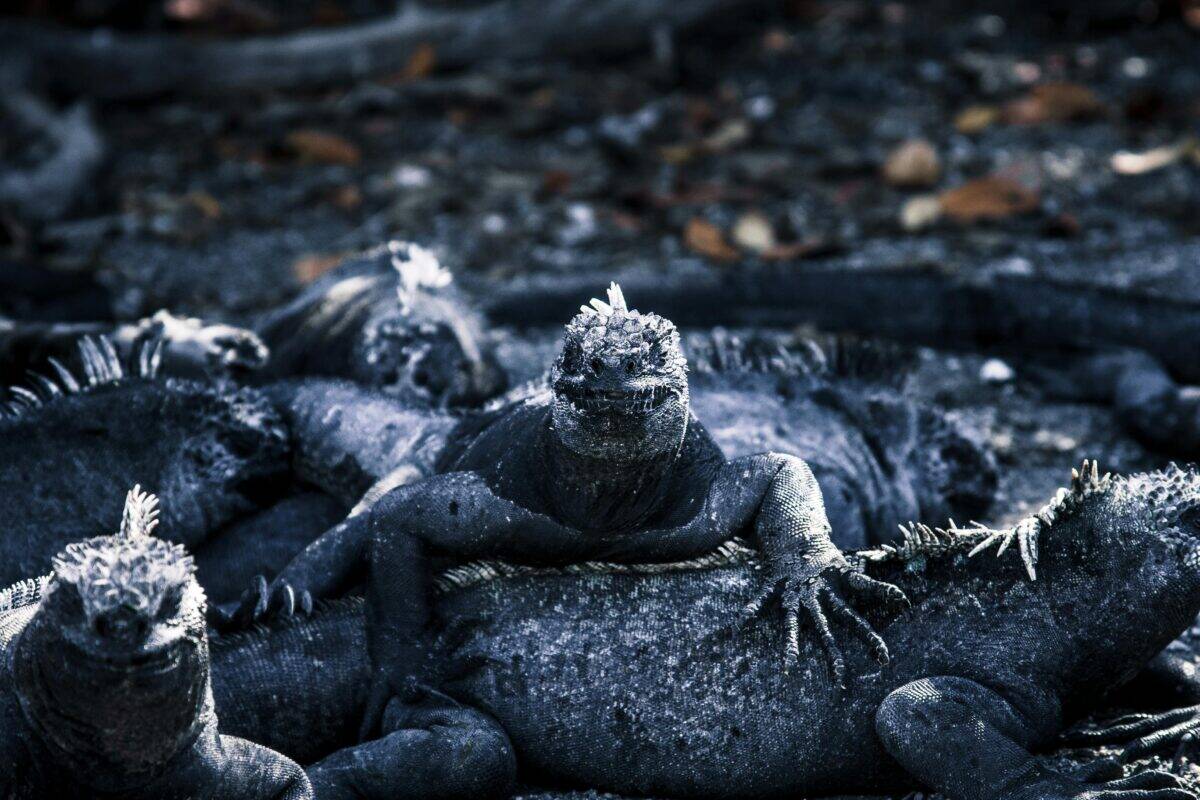
The phenomenon of iguanas falling from trees during cold weather is absolutely real. Green iguanas (Iguana iguana), native to tropical areas of Central and South America, the Caribbean, and parts of Mexico, have established large populations in South Florida. These reptiles are ectothermic, meaning they rely on external heat sources to regulate their body temperature. When temperatures drop below approximately 50°F (10°C), iguanas enter a state of immobility as their metabolism slows dramatically. If they happen to be perched in trees—where they often sleep and bask—their muscles can stiffen to the point where they lose their grip and tumble to the ground below. This spectacle has become a recognized indicator of cold weather in South Florida, with residents sometimes finding dozens of immobilized iguanas lying on sidewalks, in yards, and around pools after particularly chilly nights.
Ectothermic Biology: Why Cold Affects Iguanas So Dramatically

The dramatic response of iguanas to cold temperatures stems from their fundamental biology as reptiles. Unlike mammals and birds, which are endothermic and can generate internal heat, iguanas and other reptiles rely on their environment for warmth. Their cellular processes, muscle function, and nervous systems all operate optimally within specific temperature ranges. When ambient temperatures fall, biochemical reactions in their bodies slow down significantly.
This is not a conscious choice but rather a physiological limitation. At around 40-50°F (4-10°C), iguanas become increasingly lethargic. Below these temperatures, they enter what scientists call “cold-stunned” or “cold-shocked” states where they lose motor control. Their heart rate and respiration slow considerably, and they become completely immobile, often assuming whatever position they were in when the cold set in—including their grip on tree branches.
Florida’s Invasive Iguana Population

Green iguanas are not native to Florida but were introduced through the pet trade beginning in the 1960s. Through both accidental and intentional releases, these lizards established breeding populations that have thrived in South Florida’s typically warm, humid climate. The lack of natural predators, combined with abundant food sources and suitable nesting sites, has allowed iguana populations to explode in recent decades.
By some estimates, millions of iguanas now inhabit South Florida, concentrated in counties like Miami-Dade, Broward, and Palm Beach. These invasive reptiles cause significant ecological damage by consuming native plants, competing with native wildlife for resources, and damaging infrastructure with their burrowing habits. Interestingly, periodic cold snaps represent one of the few natural checks on iguana population growth in Florida, occasionally causing mass mortality events that temporarily reduce their numbers.
The Temperature Threshold for the “Iguana Rain”

Scientists and wildlife officials have observed that the critical temperature threshold for iguanas to become cold-stunned is approximately 50°F (10°C), though individual tolerance can vary slightly based on size, health, and acclimatization. Larger iguanas tend to retain heat longer than smaller ones due to their greater body mass. The duration of the cold exposure is also important; brief drops in temperature might cause temporary sluggishness, while prolonged cold spells can lead to complete immobility and eventually death if temperatures remain too low for too long. The phenomenon typically becomes widespread and noticeable when temperatures drop into the 40s°F (4-9°C) or below. In January 2020, when temperatures in Miami dipped to 40°F (4°C), weather forecasters actually issued “falling iguana” warnings to alert residents to the possibility of reptiles dropping from overhead vegetation.
Are Falling Iguanas Dangerous?

While the image of lizards falling from the sky might sound alarming, cold-stunned iguanas pose minimal danger to humans. The primary concern would be the surprise or minor impact of an iguana—which can weigh up to 20 pounds for large males—falling from a height. However, there are no documented cases of serious injuries caused by falling iguanas. The greater risk actually comes when people misinterpret the animals’ condition.
Cold-stunned iguanas aren’t dead, just temporarily immobilized. As they warm up, they gradually regain mobility and normal function. Wildlife officials warn against handling apparently “dead” iguanas found during cold snaps, as they may suddenly revive and become defensive if they feel threatened. Adult iguanas have sharp teeth, powerful tails, and long claws that they can use effectively when frightened, potentially causing scratches, bites, or contusions to unsuspecting Good Samaritans.
Can Iguanas Survive These Cold Stunned States?

Most cold-stunned iguanas can and do recover once temperatures rise again. Their bodies are designed to endure short periods of metabolic slowdown, and as ambient temperatures increase, their normal physiological processes resume. However, prolonged exposure to temperatures below 40°F (4°C) for more than 8-12 hours can be fatal, particularly for smaller or already-stressed individuals. During severe cold snaps, such as those experienced in 2010 and 2018, Florida witnessed significant iguana die-offs, with thousands of carcasses discovered following multi-day cold periods.
These mortality events demonstrate the species’ vulnerability to extreme cold despite their otherwise remarkable adaptability. Interestingly, there’s evidence suggesting that surviving iguanas may develop slightly better cold tolerance, and scientists speculate that over many generations, Florida’s iguana populations might evolve increased cold hardiness—a concerning prospect for those hoping that occasional cold weather might help control these invasive reptiles.
Historical Cold Snap Events and Iguana Falls

Florida has documented several notable cold snap events that resulted in significant “iguana falls.” The winter of 2010 was particularly severe, with temperatures staying below 40°F for over a week in parts of South Florida, causing mass mortality among invasive reptiles, including iguanas. January 2018 brought another dramatic cold period, with temperatures dipping into the 30s°F in Miami and resulting in widely shared images and videos of immobilized iguanas.
More recently, January 2020 and 2022 both saw cold fronts that prompted the National Weather Service in Miami to issue their now-famous “falling iguana” advisories. Wildlife officials noted that while many iguanas perished during these events, the populations rebounded relatively quickly in subsequent warm seasons, demonstrating the species’ reproductive resilience. These periodic cold-related die-offs provide valuable natural experiments for scientists studying cold tolerance in invasive species and potential climate adaptation.
Other Animals Affected by Cold Stunned Conditions
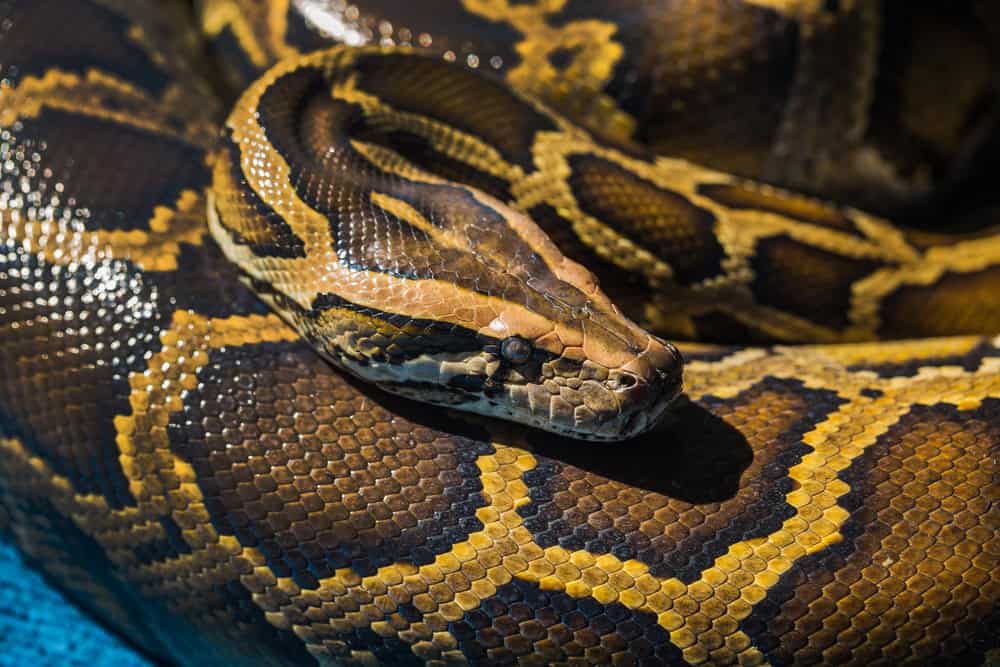
Iguanas aren’t the only reptiles affected by cold temperatures in Florida. Several other introduced species, including Burmese pythons, Cuban anoles, and various gecko species, also experience cold stunning. Marine animals like sea turtles are particularly vulnerable to cold stunning and often require human intervention during cold spells. When water temperatures drop below about 50°F (10°C), sea turtles can become immobilized, float to the surface, and potentially drown or suffer from exposure.
During severe cold snaps, wildlife rehabilitation centers often become overwhelmed with cold-stunned sea turtles requiring care. The difference between these marine species and iguanas is that sea turtles are native and protected species, so conservation efforts mobilize to rescue them, whereas iguanas, as invasive species, are not typically afforded such protection. In fact, some wildlife managers view cold weather as a welcome natural control on invasive reptile populations.
Climate Change Implications for Iguana Populations
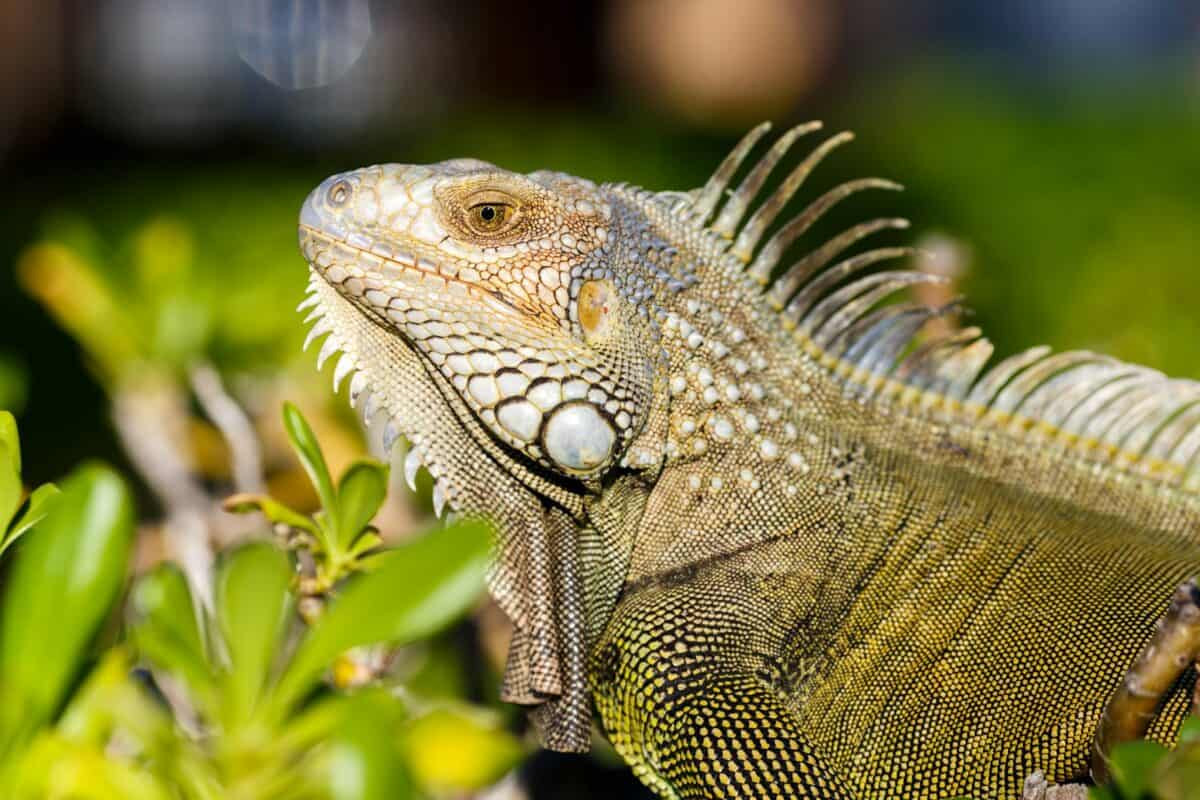
Climate change presents a complex picture for Florida’s iguana problem. While overall warming trends might suggest more favorable conditions for tropical species like iguanas, climate scientists also predict increased climate volatility, including the potential for more frequent but short-lived cold snaps caused by disruptions to the polar vortex and other atmospheric patterns. This creates an uncertain future for iguana populations.
On one hand, generally warmer winters could allow iguanas to expand their range northward into parts of Florida and possibly neighboring states that were previously too cold. On the other hand, sudden extreme cold events might still cause periodic die-offs, though perhaps with less frequency. Researchers are actively monitoring how iguana populations respond to these changing conditions, as their success or failure as invasive species could provide valuable insights into climate adaptation more broadly.
Iguana Management During Cold Snaps
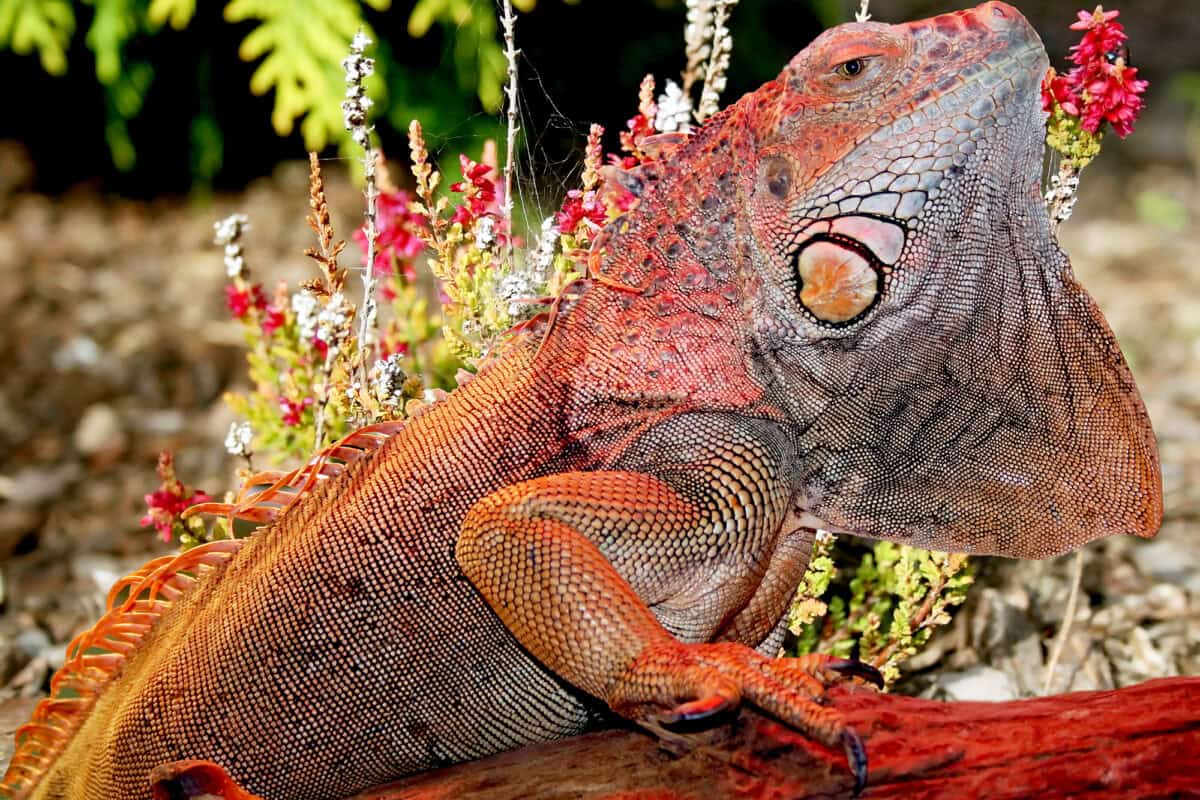
Florida wildlife officials and property owners have developed various approaches to managing iguanas during cold weather events. Since cold-stunned iguanas are easier to capture than alert ones, some wildlife removal specialists actively collect immobilized iguanas during cold snaps. Under Florida law, iguanas are classified as invasive species that can be humanely removed from private property year-round without permits or licenses.
Some property owners take advantage of cold weather to reduce local iguana populations. However, this raises ethical considerations about the humane treatment of animals, even invasive ones. The Florida Fish and Wildlife Conservation Commission (FWC) encourages humane removal and euthanasia if necessary, but discourages leaving captured iguanas to freeze to death or disposing of living animals in ways that cause unnecessary suffering. Professional wildlife managers typically euthanize captured invasive iguanas according to American Veterinary Medical Association guidelines.
What to Do If You Find a Cold-Stunned Iguana

Finding a seemingly lifeless iguana after a cold night might prompt compassion, but wildlife officials offer specific guidance in these situations. First and foremost, assume any immobile iguana is alive and capable of reviving as it warms. Keep a safe distance, especially from larger specimens, as they may react defensively when they regain mobility. Avoid bringing cold-stunned iguanas indoors to “rescue” them, as they will quickly warm up and potentially become aggressive in confined spaces.
For homeowners concerned about property damage from iguanas, cold weather presents an opportunity to humanely remove them, but this should be done correctly. If you choose to remove iguanas from your property, FWC recommends consulting with professional wildlife trappers who can ensure humane handling and disposal. For those simply encountering fallen iguanas in public spaces, the best approach is to leave them alone and let nature take its course.
Scientific Research on Cold Tolerance in Invasive Reptiles
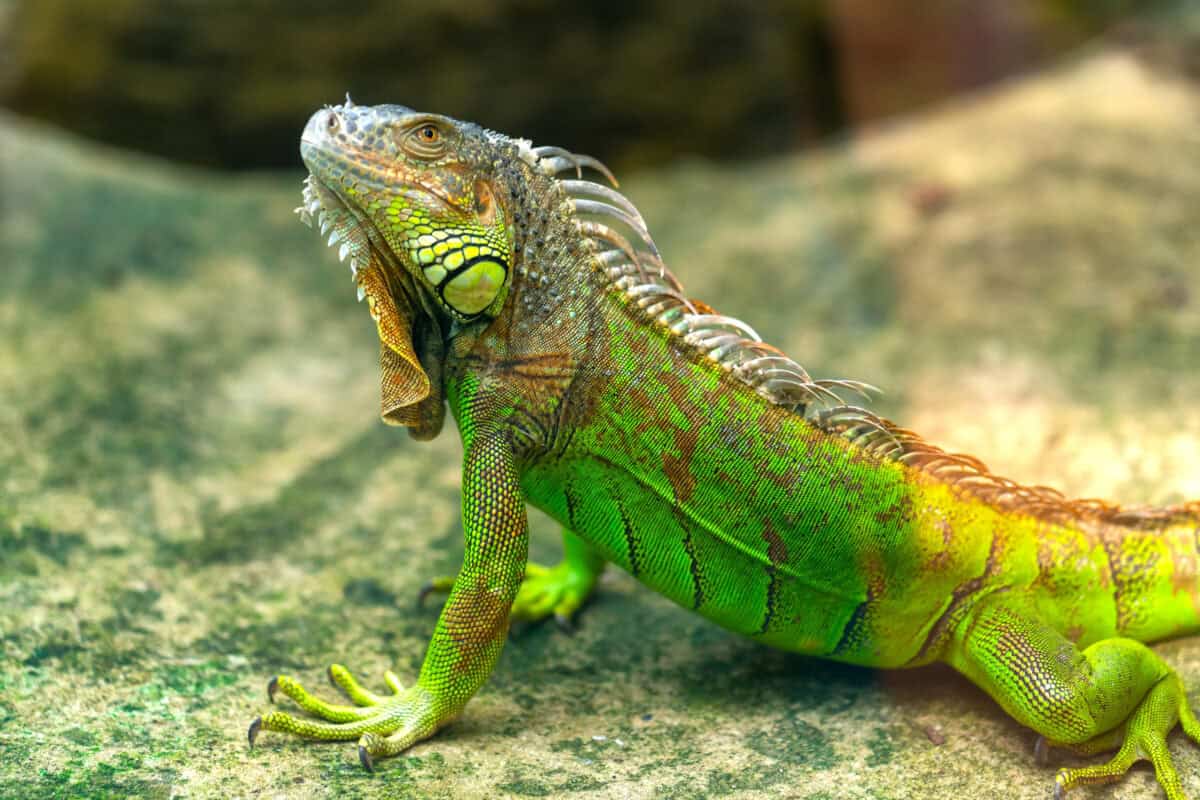
The phenomenon of cold-stunned iguanas has attracted scientific interest beyond mere curiosity. Researchers are studying how invasive reptile populations respond to periodic cold events to better understand evolutionary adaptation to climate extremes. Some evidence suggests that with each cold snap, the surviving iguanas may represent individuals with slightly better cold tolerance, potentially leading to natural selection for cold-hardiness over multiple generations.
Scientists from institutions including the University of Florida and the USGS have conducted studies measuring physiological responses of iguanas to various temperature thresholds, documenting their recovery rates, and monitoring population rebounds after cold-induced die-offs. This research has implications not just for iguana management but also for predicting how other invasive species might respond to climate fluctuations in their non-native ranges. Understanding these mechanisms could help wildlife managers better predict and manage invasive species spread in the context of changing global climates.
Conclusion: The Reality and Significance of Falling Iguanas

The phenomenon of iguanas falling from trees during cold snaps is absolutely real, representing a fascinating intersection of biology, ecology, and climate. These events highlight the physiological limitations of reptiles as ectotherms and demonstrate how non-native species can struggle when exposed to conditions outside their evolutionary comfort zone. For Florida residents, falling iguanas have become an unusual but recognized sign of winter, sometimes even warranting official weather advisories. .From a conservation perspective, these events offer a window into the complex dynamics of invasive species management in a changing climate. While cold snaps temporarily reduce iguana populations, their quick recovery demonstrates the challenges of controlling established invasive species through natural means alone. As climate patterns continue to shift, the story of Florida’s falling iguanas will likely evolve, providing ongoing lessons about adaptation, resilience, and the unexpected consequences of introducing species to new environments.
- Why You Should Never Approach a Bear - August 24, 2025
- New Record: The Longest Eagle Flight Ever Tracked - August 24, 2025
- The Most Dangerous US States for Animal Attacks - August 24, 2025

